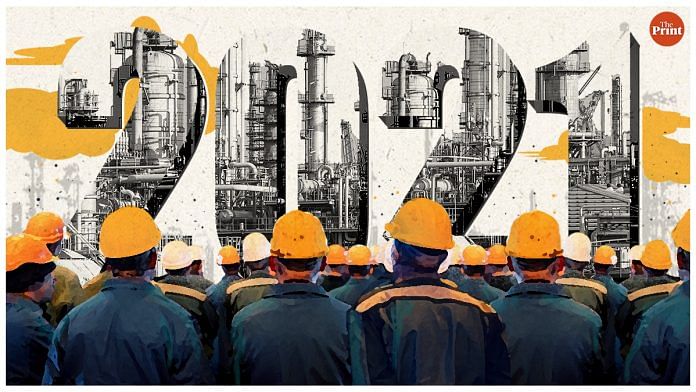Next week will mark three decades since the Narasimha Rao government assumed office and set in motion radical reforms that changed the direction and speed of the Indian economy. In these 30 years, India’s share of the global economy has trebled, from 1.1 per cent to 3.3 per cent. In current US dollars, the economy has multiplied 11-fold; only China and Vietnam have done better. And on the key human development indicators (primarily life expectancy and literacy), India has done marginally better than the average of the countries bracketed in the “medium development” category. From being the 12th largest economy, India this year is expected to be the sixth-largest.
This is a good record to look back on, relative to how other countries have done and compared also to India’s own previous three decades, but well short of what is required and what was possible. Vast numbers have moved above the poverty line. Yet, outside of Africa, which has taken Asia’s place as the focus of mass poverty, the percentage of poor people in India remains among the highest. On per capita income, 90 per cent of the 150 economies for which the International Monetary Fund (IMF) had data in 1990 did better than India. Today about 75 per cent of some 195 countries do better than India, which even now has less than a fifth of the global average per capita income. Inequality has evidently grown, but there are no reliable numbers after 2011.
The story of the past 30 years is not a uniform one. The first two decades did better than the third (2011-21). Many countries that were earlier put in the shade by India’s record are now doing better, notably Bangladesh and even the Philippines — and of course China and Vietnam too. India still looks relatively good when one compares its 2011-21 record with Latin America’s declining GDP in the same period, the crisis in sub-Saharan Africa, and even the decadal performance of the Asean-5. But India’s GDP was 37 per cent of China’s in 2001; two decades later that figure is down to 18 per cent. India’s growing contribution to the world economy has given it greater international heft, but it has lost comprehensively in the power balance with China.
Also Read: India risks becoming Latin America on the ‘Great Gatsby Curve’, must manage its fisc better
What the economy needs
Recovering momentum after the relative sluggishness of the post-2011 period would have been hard enough, but the pandemic has made all the numbers worse and the challenges greater. Employment was already an area of failure; the situation now is much worse than it was two years ago. Many millions have slipped back into poverty. And millions of small enterprises that have pulled down their shutters may never reopen. The dualism in the economy is getting accentuated.
What the economy needs is a fresh boost to productivity, and a fairer system. The Modi government has focused on the physical infrastructure and a slew of welfare measures. Both are needed and welcome, but cannot substitute for the dramatic improvement needed in the quality of human resources, which is what laid the foundation for East Asia’s transformation half a century ago. While targets like becoming a $5 trillion economy are talked about, there is hardly any talk of taking literacy from 74 per cent to 100 per cent in double-quick time, or radically upscaling the quality of the health infrastructure — badly exposed by the pandemic.
A properly functioning financial system, serving the needs of all categories of borrowers, is still missing. The tiny sliver of outstanding loans that will come back to lenders through the bankruptcy process, tells a damning story. A fresh wave of loan defaults is now expected, reflecting the difficulties continuing to confront small and medium businesses. Finance cannot do well when businesses suffer.
But the most important task, economically and from the welfare angle, is to get people back to work, and to promote job-intensive activities. It has not been done for the last 30 years, or the previous 30. The fate of the next 30 years hinges on this issue.
By special arrangement with Business Standard
Also Read: That dream home is still a dream as state govts & civic bodies have to catch up with Centre






